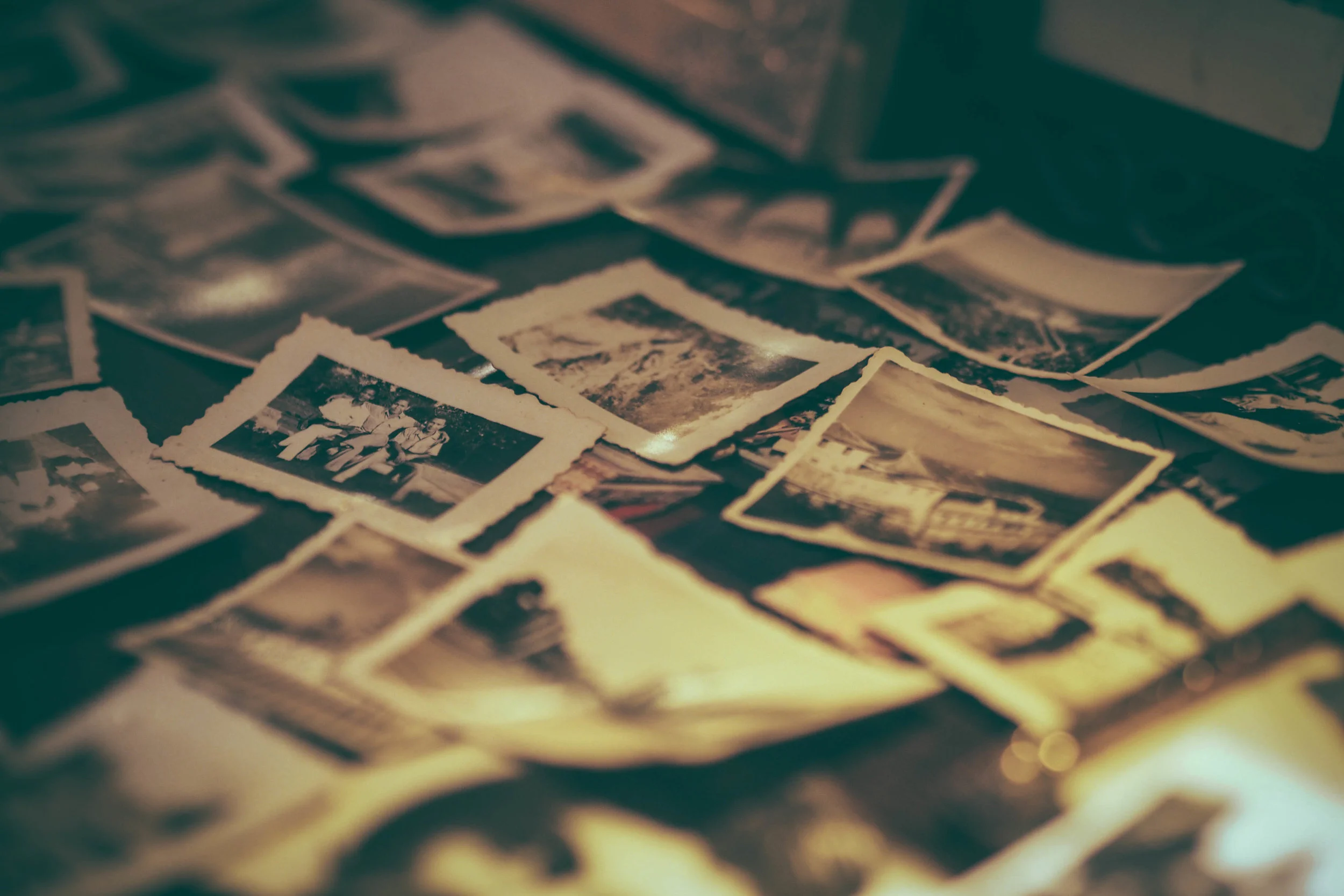What comes to mind when you think of receipts for your business?
Maybe you think of the stereotypical shoebox full of receipts that gets handed over to the accountant at the end of the year. Or you might not think of them at all. A lot of people don’t keep their receipts. They assume that their bank statements are all they need.
Let’s walk through why that’s not true and help you figure out what to do with your receipts.
You need to be able to prove it’s a business expense.
If you look at your bank statement, can you tell if that $75 purchase at Target was a new pair of shoes or office supplies? The IRS can’t tell the difference either. Which is why they want to see documentation to PROVE they were office supplies.
Bank statements might work as proof in some instances, but there are lots of gray areas. There is one big difference between bank statements and receipts: details of the purchase.
Let’s say you were to get audited and the IRS asks for receipts. You send the bank statement instead. You purchased a lens from Amazon for $500. When auditors look at your statement, all they can see is that you spent $500 on Amazon. They don’t know if you spent in on something business related or a playstation for your kids. That’s a problem.
What would that mean for you?
Any expenses you can’t show proof for would be disallowed. Meaning you are liable to pay taxes on those and will possibly have to pay fines. So let’s talk about setting up a system so you don’t have to fear an audit.
3 options for storing receipts
The bottom line is that you need to be keeping your receipts. Here are 3 different ways to doit.
Paper copies: You can keep the paper receipts and file them in a filing cabinet. Print copies of your online purchases, combine them with receipts you’ve been saving and file away.
Go paperless. The IRS accepts digital copies of receipts as proof of purchase. Use your choice of online storage and file your receipts digitally - Google Drive works great for this. Make a folder for the year, then a folder for each month. As part of your bookkeeping workflow, make sure you have a receipt for the expenses you record. You can scan or take a picture of paper receipts and save a copy of online receipts. File them in the appropriate month and you are good to go.
Another option if you use a software like Quickbooks is to go one step further and you can attach the receipt directly to the expense. With this method, you won’t have to worry about having things stored in multiple places. Here’s how it works: when you categorize your expense in Quickbooks, you would click the ‘attach’ option, go find the receipt in Google drive and attach it to the expense in Quickbooks.
Another option: In Quickbooks, instead of filing the receipts in Google Drive, you can actually take a picture of a receipt right from the Quickbooks app and it will automatically attach it.
- Automate with Hubdoc. This is my favorite option. With hubdoc you can take a picture of your receipt and it will automatically store it wherever you tell it to go - like google drive, Evernote or straight to Quickbooks. In short, you take the picture and it disappears into the cloud.
You can go one step further and have Hubdoc extract the data from the receipt and push it to Quickbooks. From that info, Quickbooks will create the expense and attach the receipt all at once. You can also have Hubdoc connect directly with vendor companies (like your phone company) and pull your bill everything month so you don’t have to worry about collecting all of those.
Hubdoc even has a feature where it will go into your gmail account, fetch vendor invoices and push them to Quickbooks. Pretty amazing. Another option that works much like Hubdoc is Shoeboxed. With shoeboxed you will receive an envelope every month and put all of your receipts in it and mail it back. Your receipts get scanned and stored online for you. If you have a lot of paper receipts, this is a great option.
Tip: If you've got a receipt for a meal or entertainment, write directly on the receipt who you were with and why it was business related. The more documentation, the better.
One thing to note: You don’t need to be fear being audited. In the event that it did happen, the main things they will look for are documentation and consistency. Make them do as little work as possible to find documentation for your purchases. The key is to be well-organized and know where everything is.


